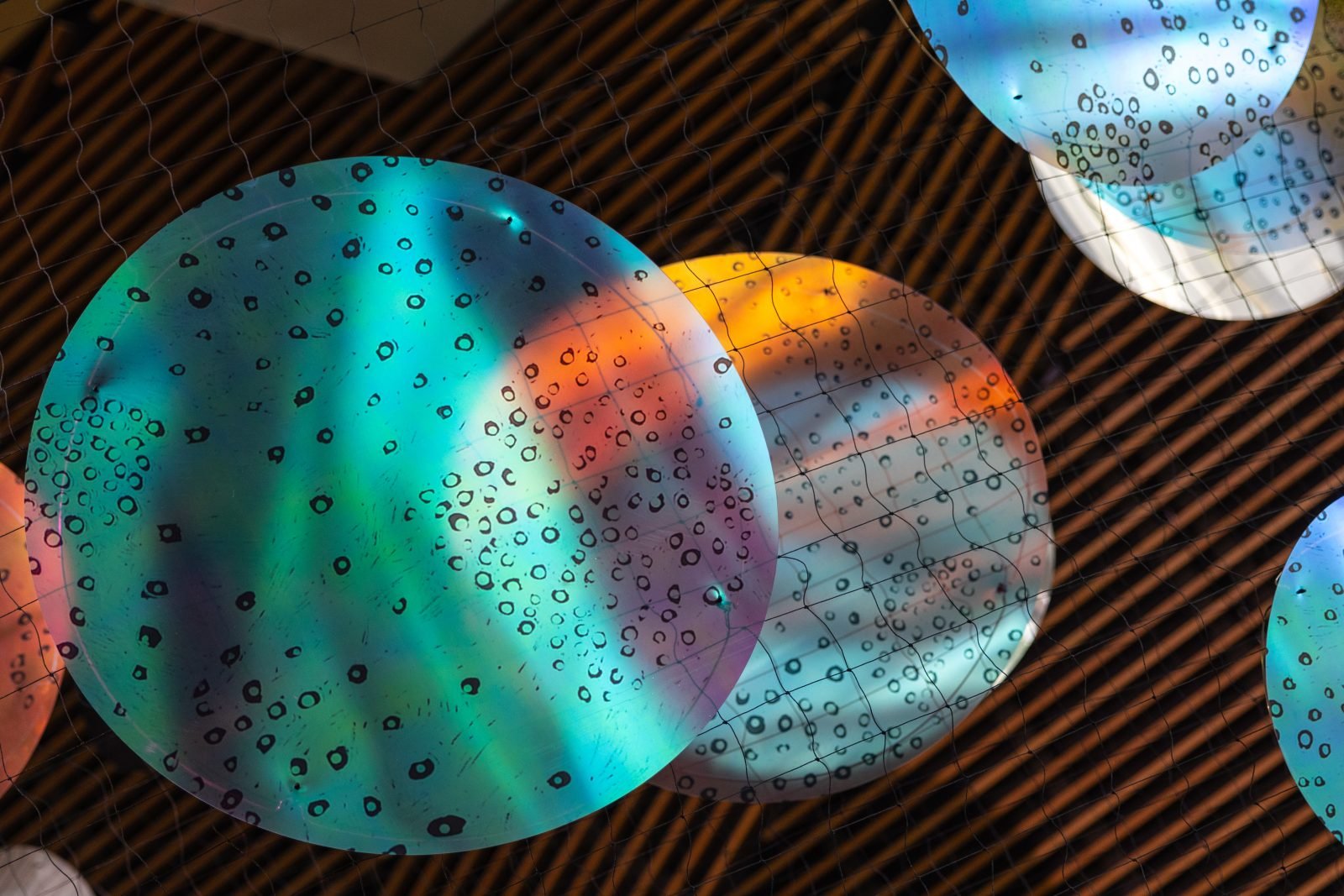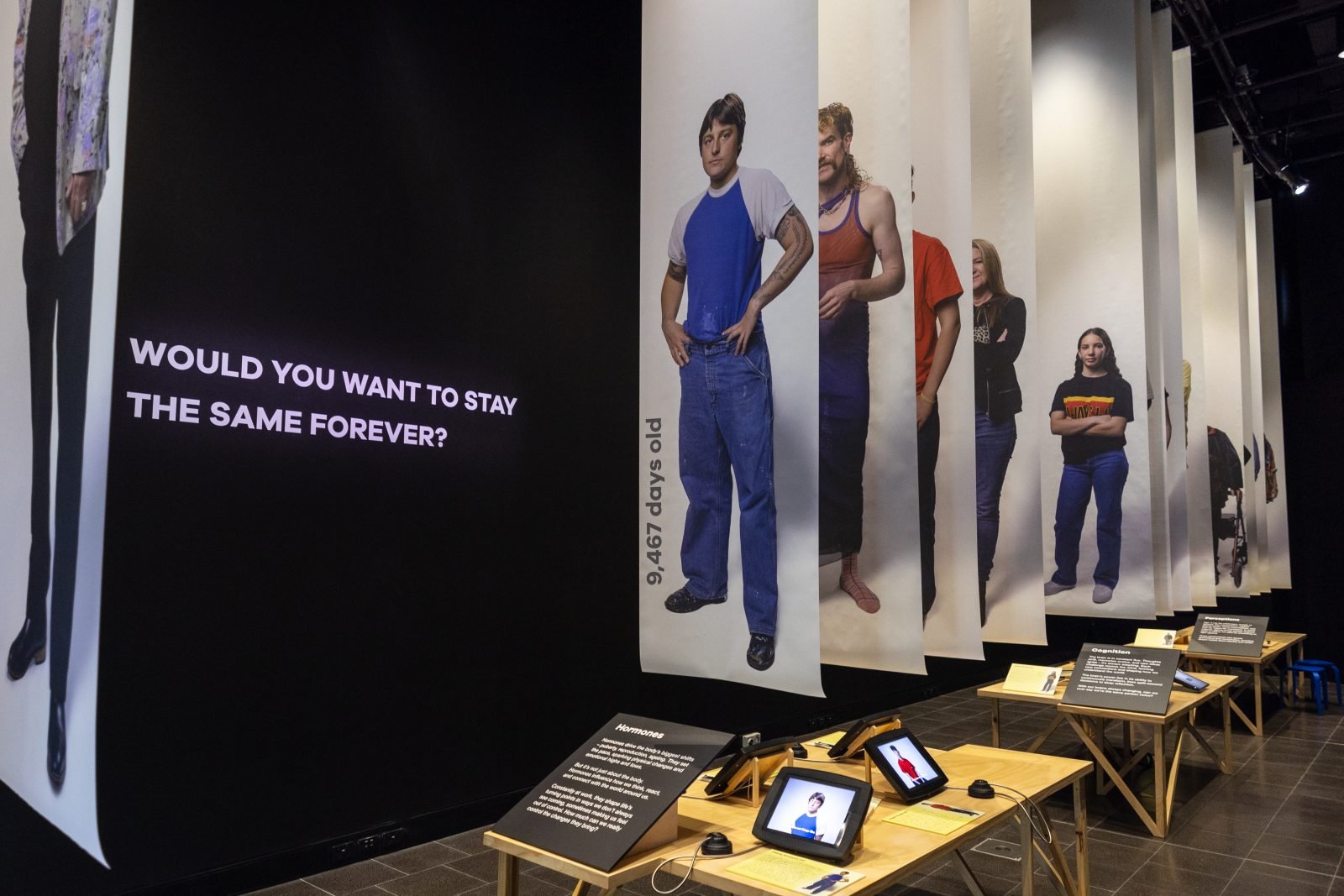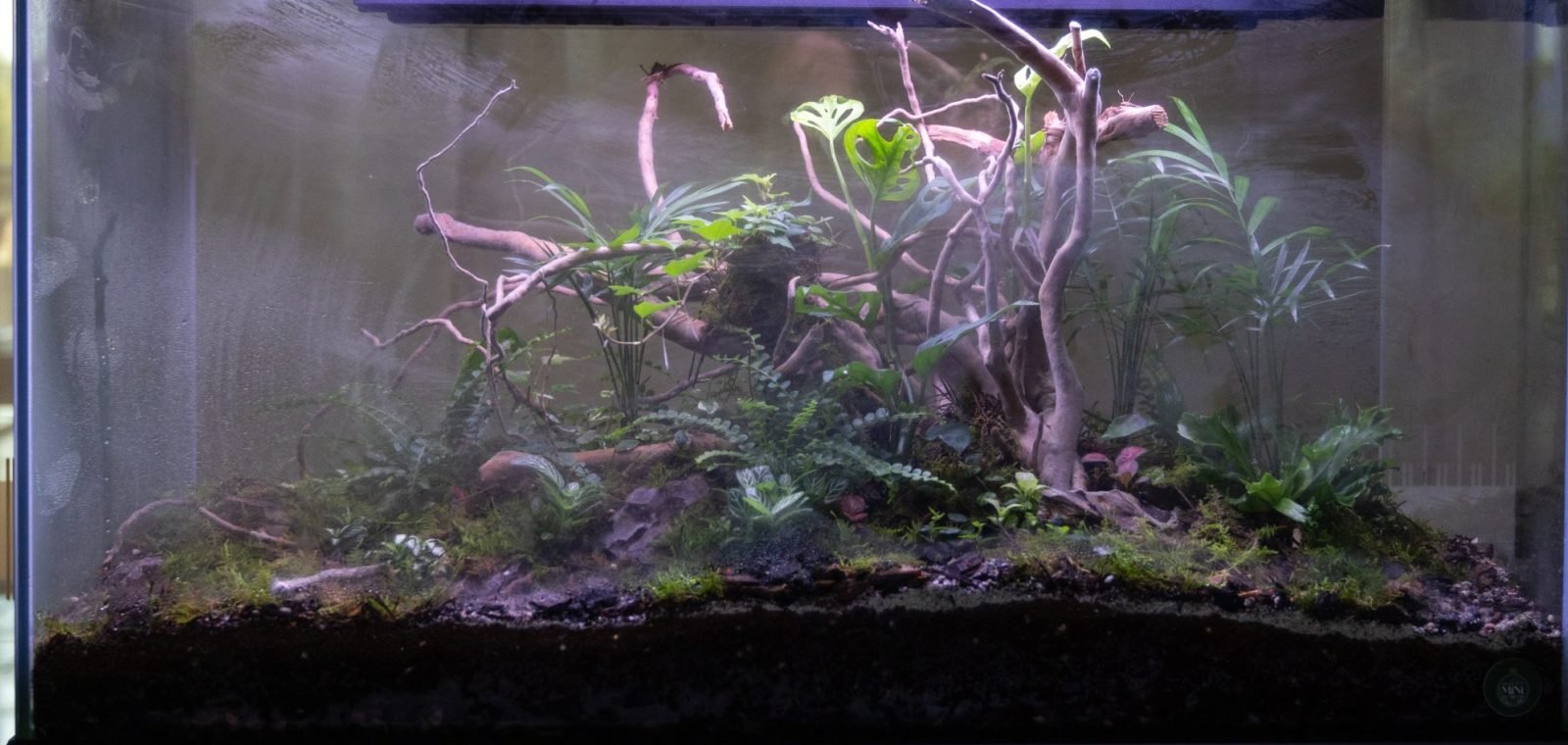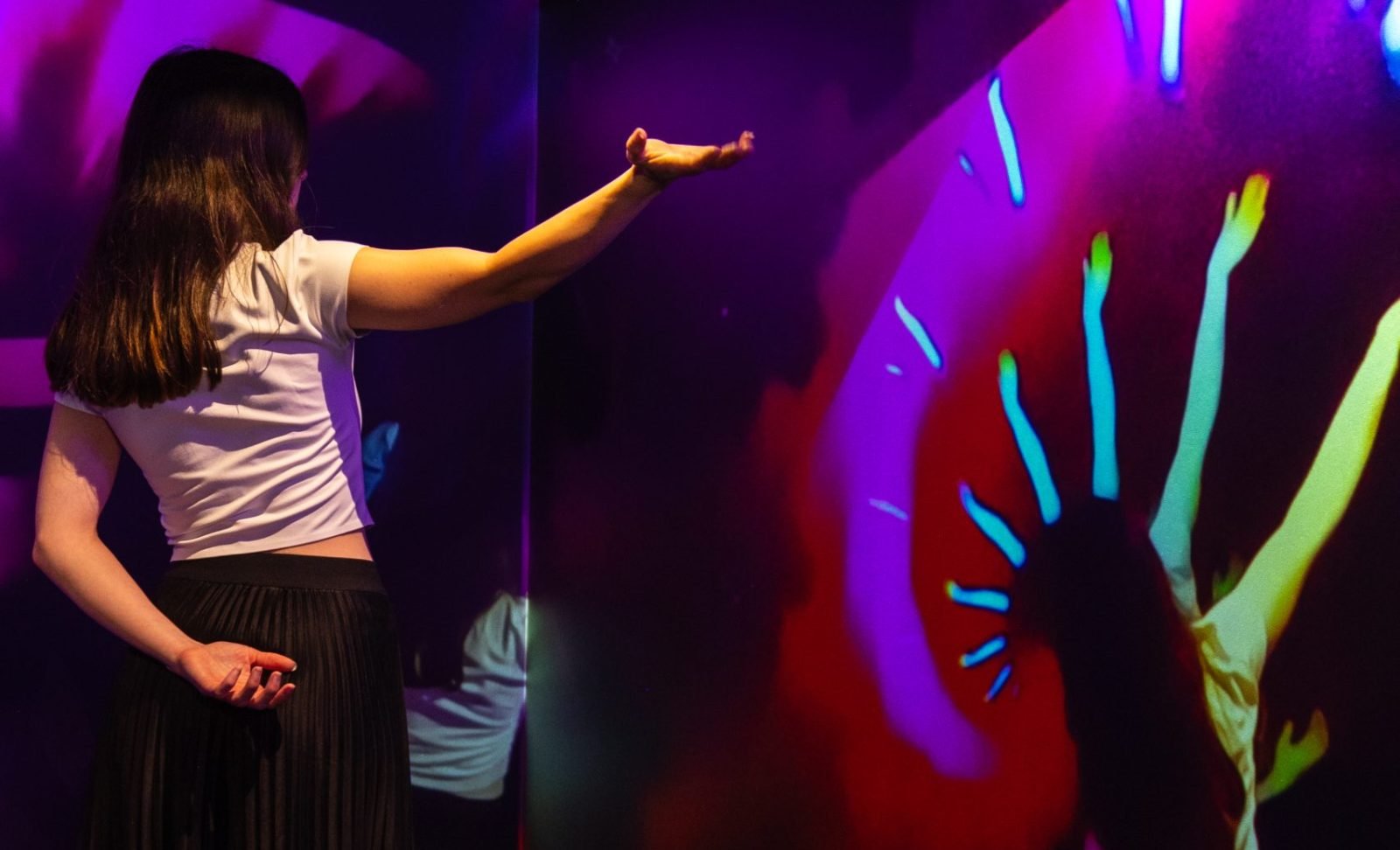Interested in how our brains work?
Make it a career with UniSA
Bachelor of Psychology (Honours) Cognitive Neuroscience

Exhibit Details
Open JanNov 2025
- When do we begin?
- Delve deeper
How did we come into being, and where do we begin and end? These timeless questions drive our search for meaning, individually and collectively.
In this gallery, we explore the origins of life, consciousness, and what connects us to one another.
Our DNA, a code passed down through billions of years, links us to the earliest life on Earth like Stromatolites. These 560-million year old fossilised life-forms have been sculpted for display by Artist Peter Syndicas.
Our brains help us understand how we see and experience the world, but they also leave many aspects unexplained. Neuroscience can offer insight into how our brains work. But questions like ‘where does consciousness truly begin?’, and ‘does consciousness peak and fade?’ remain just out of grasp.
Culturally, we interpret the world through language, stories, and technology. Our objects can tell this story of connection through generations. In our space we invite you to participate in the creation of a random weave object in line with Ngarrindjeri, Ngadjuri, Narungga & Wirangu Artist Sonya Rankine’s practice.
Examining our genetic code, neural networks, and shared stories, helps us understand our place within the vastness of time and the continuity that links us across the ages.
-
Biochemical beginnings
Stromatolites are evidence of some of the earliest forms of life on earth. Even though they are billions of years old. we share similarities in key genes with these fossilised remains.
Stromatolites formed from cyanobacteria, a type of blue-green algae that evolved about 2.7 billion years ago. These tiny organisms were the first to use sunlight to produce energy, releasing oxygen as a byproduct. Over millions of years this process changed the Earth’s atmosphere allowing new forms of life to evolve.
To create the fossilised remains we find today, layers upon layers of these cyanobacteria formed ‘reefs’. South Australian Artist Peter Syndicas creates sculptural forms from these Stromatolite rocks.
-
Consciousness
Brains are complex. A vast network of neurons that fire together, creating our experience of ourselves and the world around us. Though we use our brains to study and understand brains, many mysteries still elude us. Our understanding of consciousness remains blurred, with much yet to be uncovered.
“Even though we’re learning more all the time, there’s still a lot of questions that remain,” neuroscientist Associate Professor Lyndsey Collins-Praino says. “We still aren’t exactly sure how we go from alertness to perception to full consciousness. How do we draw the line between conscious and non-conscious animals, or awareness of ourself? Previously, this has sat within philosophy. But with better imagery and better ways to look deep within the brain, we’re getting closer than ever at being able to answer these questions in a researchable way.”
During the development of the exhibit in 2024, our work experience students posed questions like “why aren’t I conscious of the moment I fall asleep?” and “when does a clump of cells become a conscious brain?.” Peep holes in the gallery feature looping animations that represent many of these unknown states.
-
Culture
We don’t just exist as brains in jars, we need culture to shape us as well. We understand the world through culture, language, stories, technologies. These start before our individual existence and extend past us. Culture is one of the enduring “superpowers” of human beings to make meaning from our world and each other. Culture is what gives us meaning together and connects us.
We wanted to explore the concept of making meaning through culture with Ngarrindjeri, Ngadjuri, Narungga & Wirangu Artist Sonya Rankine, who specialises in weaving. Her practice combines traditional materials with contemporary methods like random weave. Her weaved object hangs in the gallery space. As an extension, we ask visitors to engage in their own act of weaving, their own act of marking a beginning.
Read
- What are Stromatolites?
- The consciousness wars: can scientists ever agree on how the mind works?
- Try these 3 tests to help determine if another person, animal or thing is conscious
- When babies develop conscious perception
- The role of consciousness in guilt
- The radical new experiments that hint at plant consciousness
- Whether there is a key to consciousness
- What insects can teach us about the origins of consciousness
- Why ChatGPT isn’t conscious – but future AI systems might be
Watch
Play
Credits
- Arterial Supplier
- Sonya Rankine Artist
- Peter Syndicas Artist
- Associate Professor Lyndsey Collins-Praino Interview
- Lachlan Turner Lighting
- (A/Prof) Quenten Schwarz from the Centre for Cancer Research, UniSA, Ceilidh Marchant, Dione Gardner-Stephen Brain growth video









